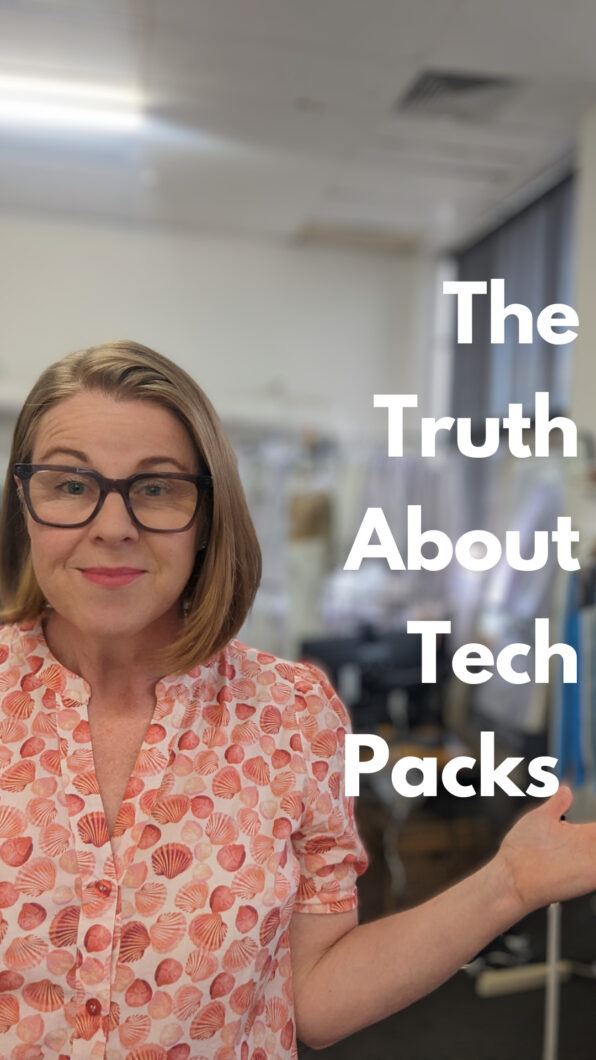Understanding Industry Standard Specifications

We talk about tech packs and specifications a lot on this blog. The other day, a competitor told a prospective client of mine that we do not make our specs to industry standard. I was curious about this as we use our specs every day in our workroom, they are a working document in our workroom. I have been complimented on them by overseas manufacturers and have received many ‘wow’s’ from customers through Pattern Room.
I thought the best way for customers to understand if their pattern maker was in fact giving them industry standard spec is to dive into the details of what is exactly needed in a specification for the industry to use and gain benefit from this mysterious document. In this blog, we will delve into the heart of what specifications mean and explore the nuances of sketches, measurements, and everything in between.
Specifications are detailed documents that guide everyone involved in creating a specific garment. They include sketches, detailed make information, step-by-step assembly instructions, and key measurements. These documents significantly impact the fit, fabric usage, and finish of your garments. They even specify the number of buttons or fasteners needed for each garment.
It is a comprehensive file containing all the instructions required for a manufacturer to turn your design into a product. It’s particularly crucial when you’re outsourcing production overseas, as it forms the basis for pattern creation and detailing for the production team. While this might seem a bit extensive, remember that adequate preparation paves the way for smoother production.
To Learn More On this Topic,
Click The Video Below ↓
At Sample Room, apart from regular specs details, we concoct a ‘full development quotation’ and estimate for production. This helps with the proposed retail price point, essential to consider when planning your business finances and sales strategy. It also includes additional spec details to help the designer to see how their design details affect their price point and what details can be changed to pull the levers at hand that affect your garment to help you make informed decisions.
There are some nuances between offshore manufacturing needs compared to local which is really around sourcing of fabrics and trims. The details of your specifications will depend on your manufacturing facilities, production team’s abilities, and the specific garments you are creating. The key is to have a clear and detailed specification that guides your team to ultimately create a superior end product.
Whether you’re creating fashion labels in-house, locally or overseas, understanding specifications can make the difference. It ensures a smoother process, less waste, and ultimately, a far superior end product. Be cautious and bank on comprehensive specs to make your fashion label stand out. Remember, specs aren’t just documents but blueprints to your successful fashion business!
